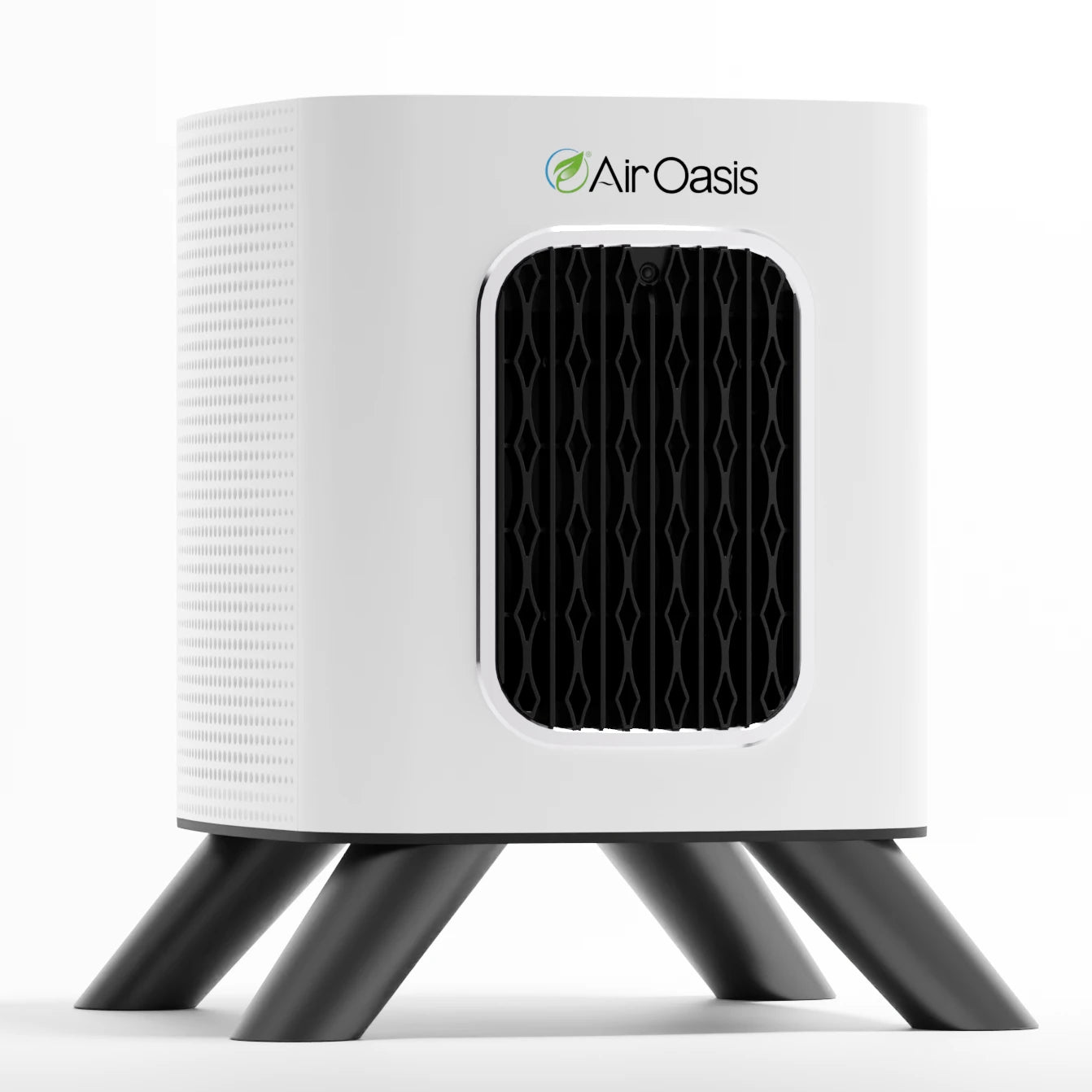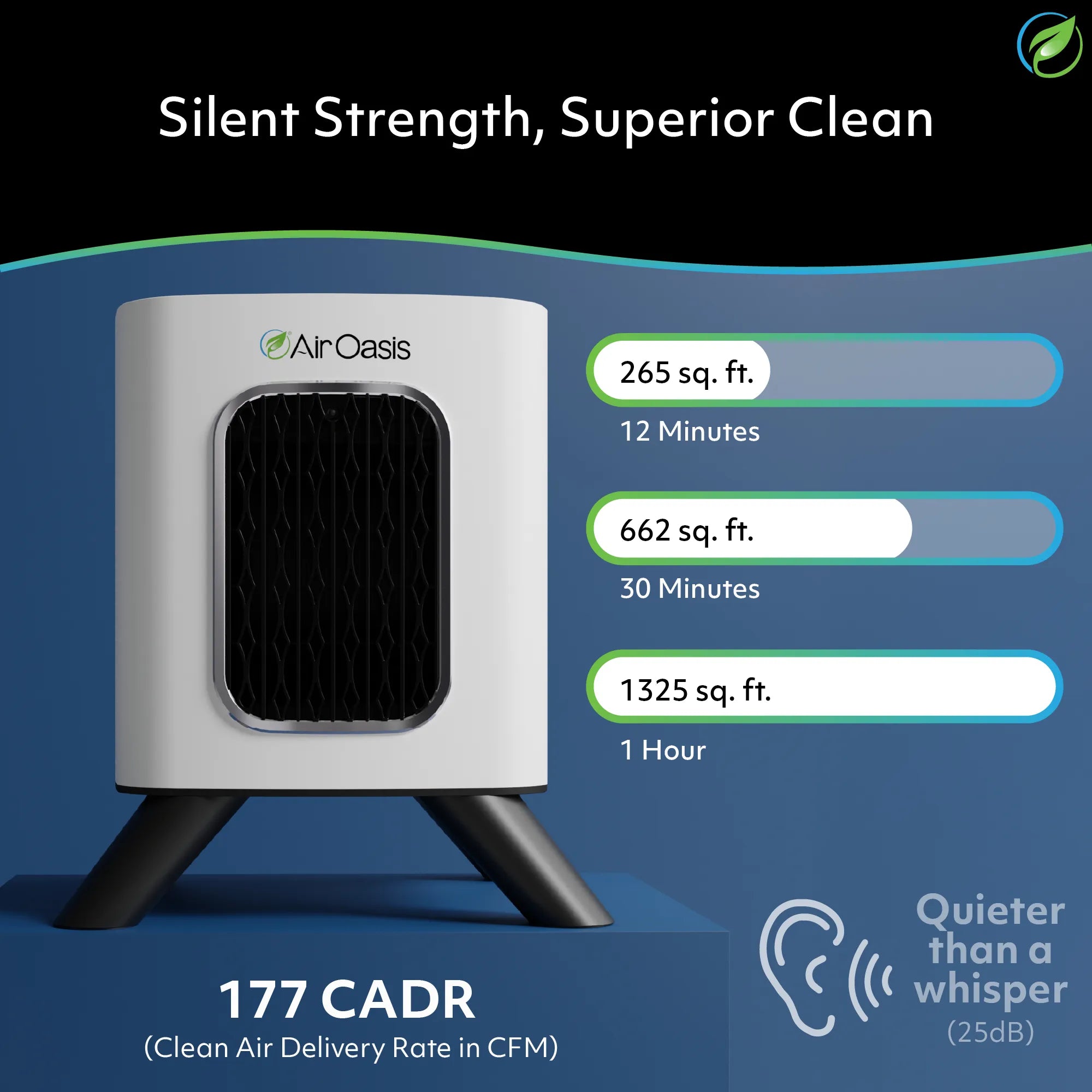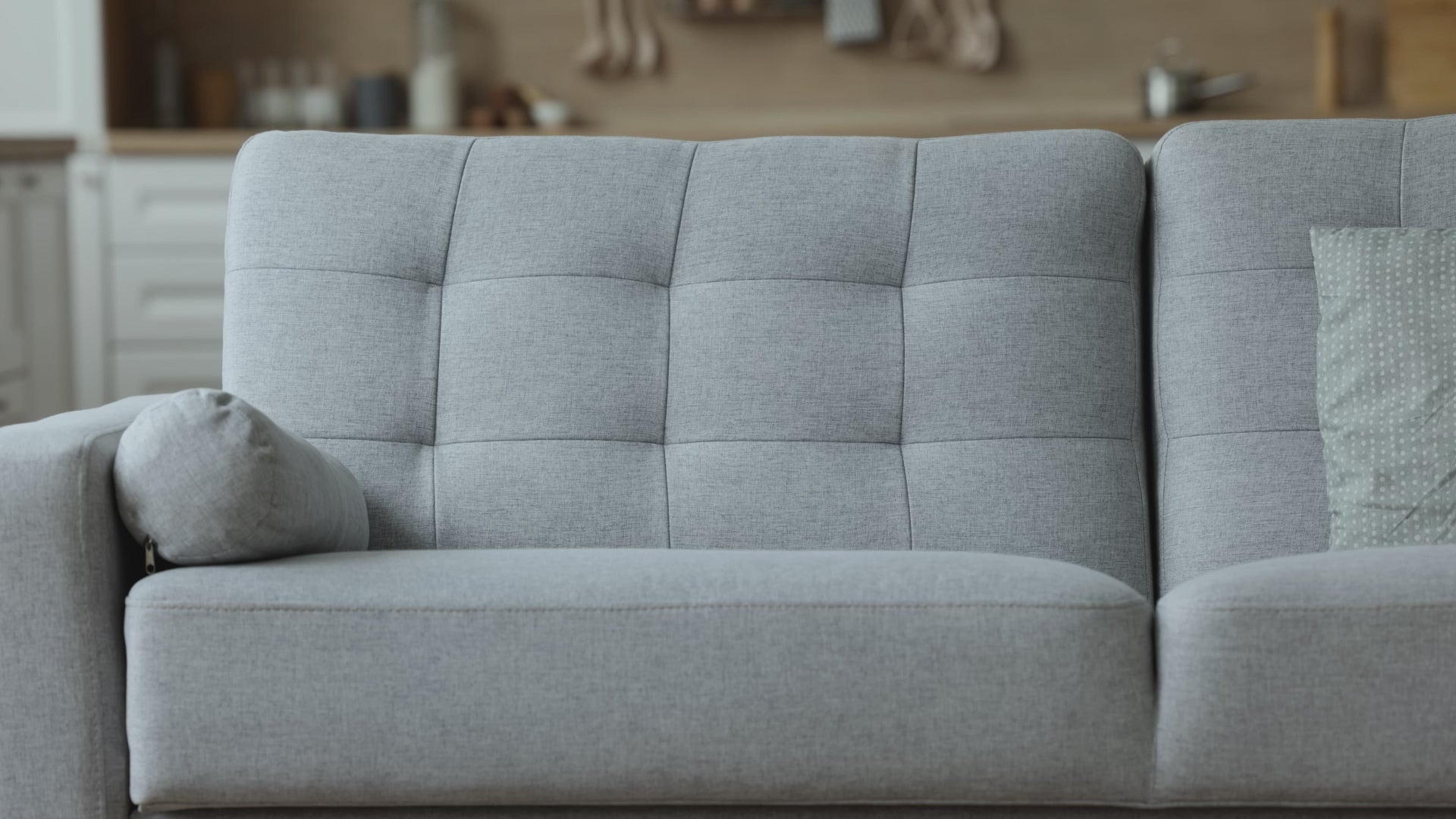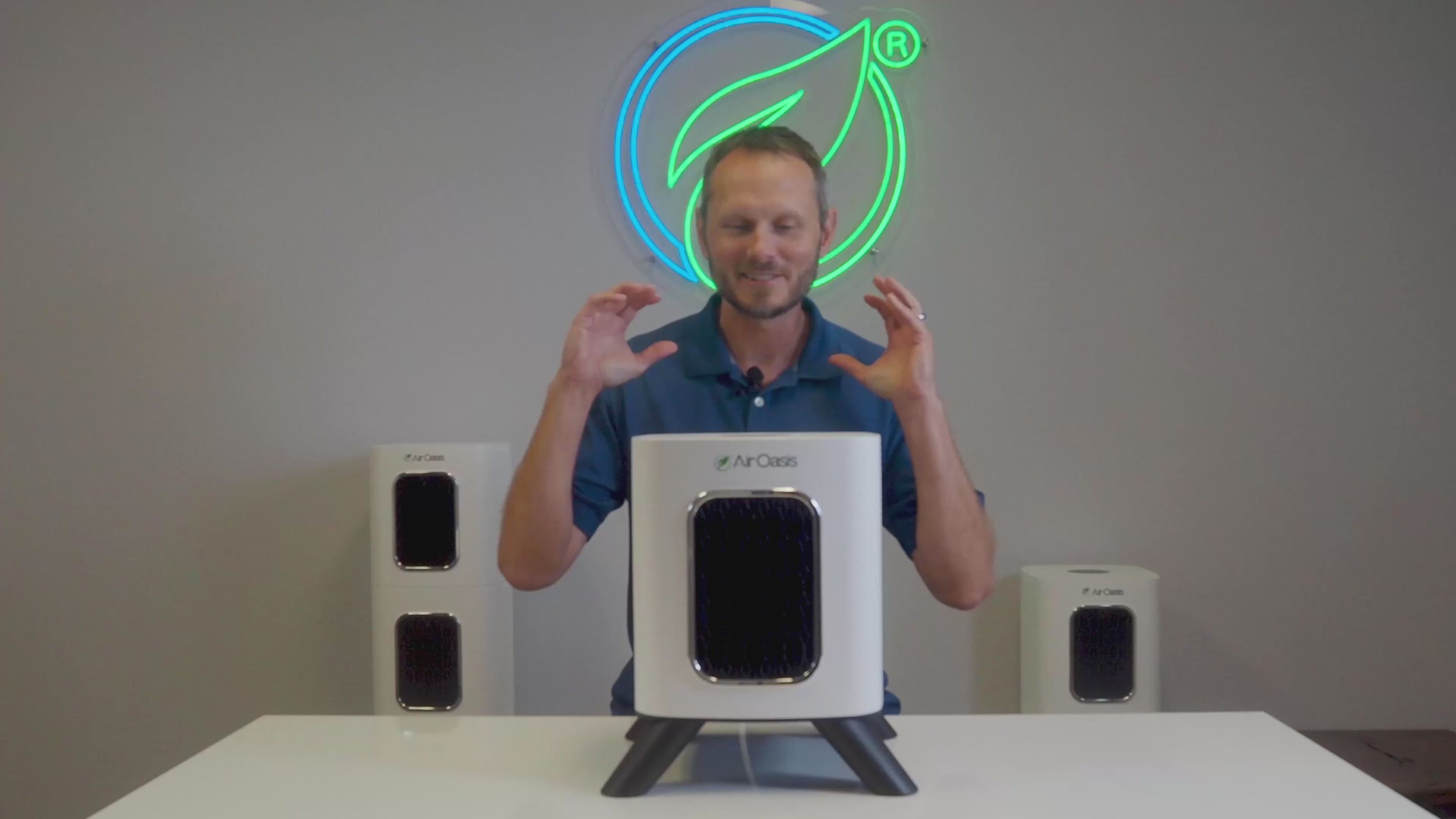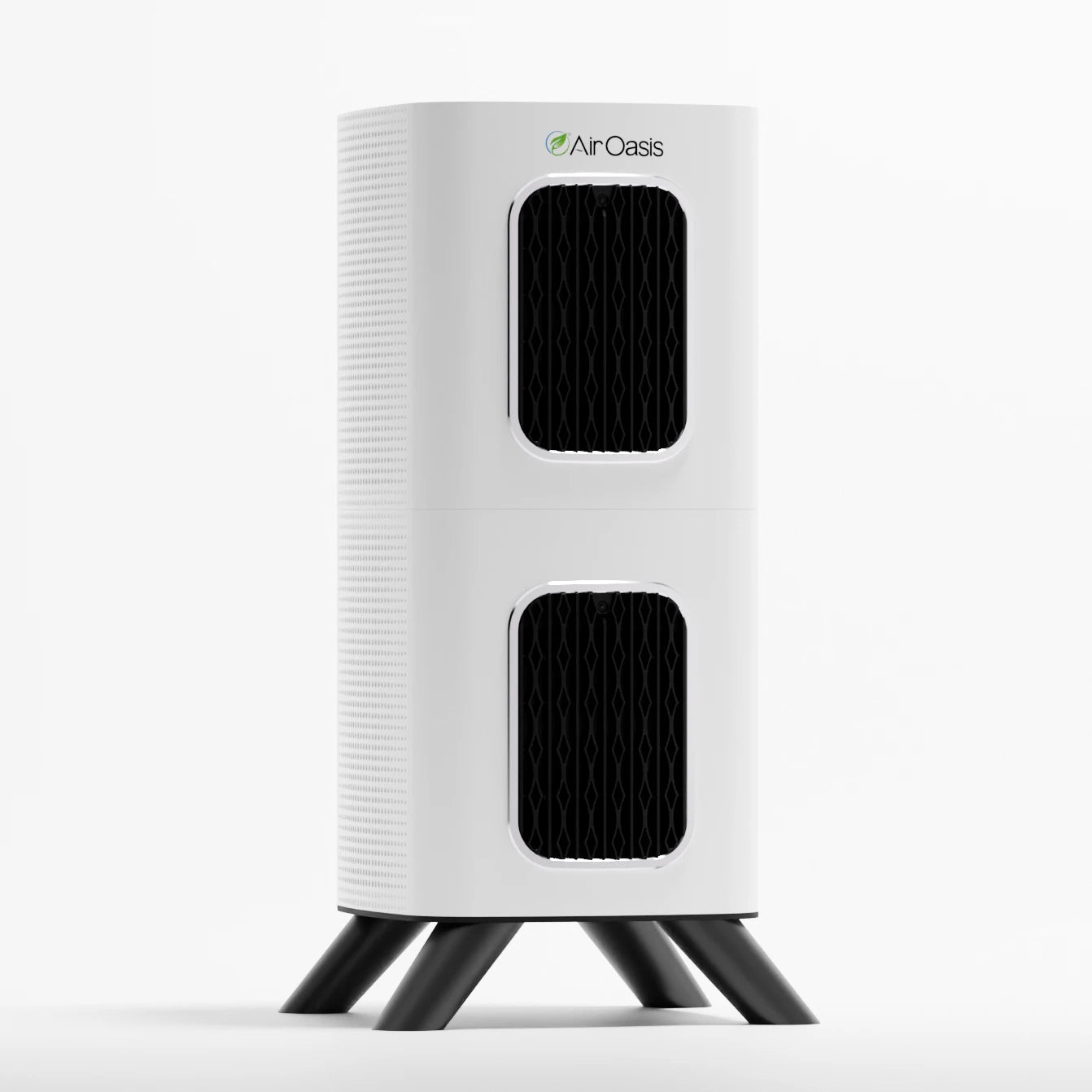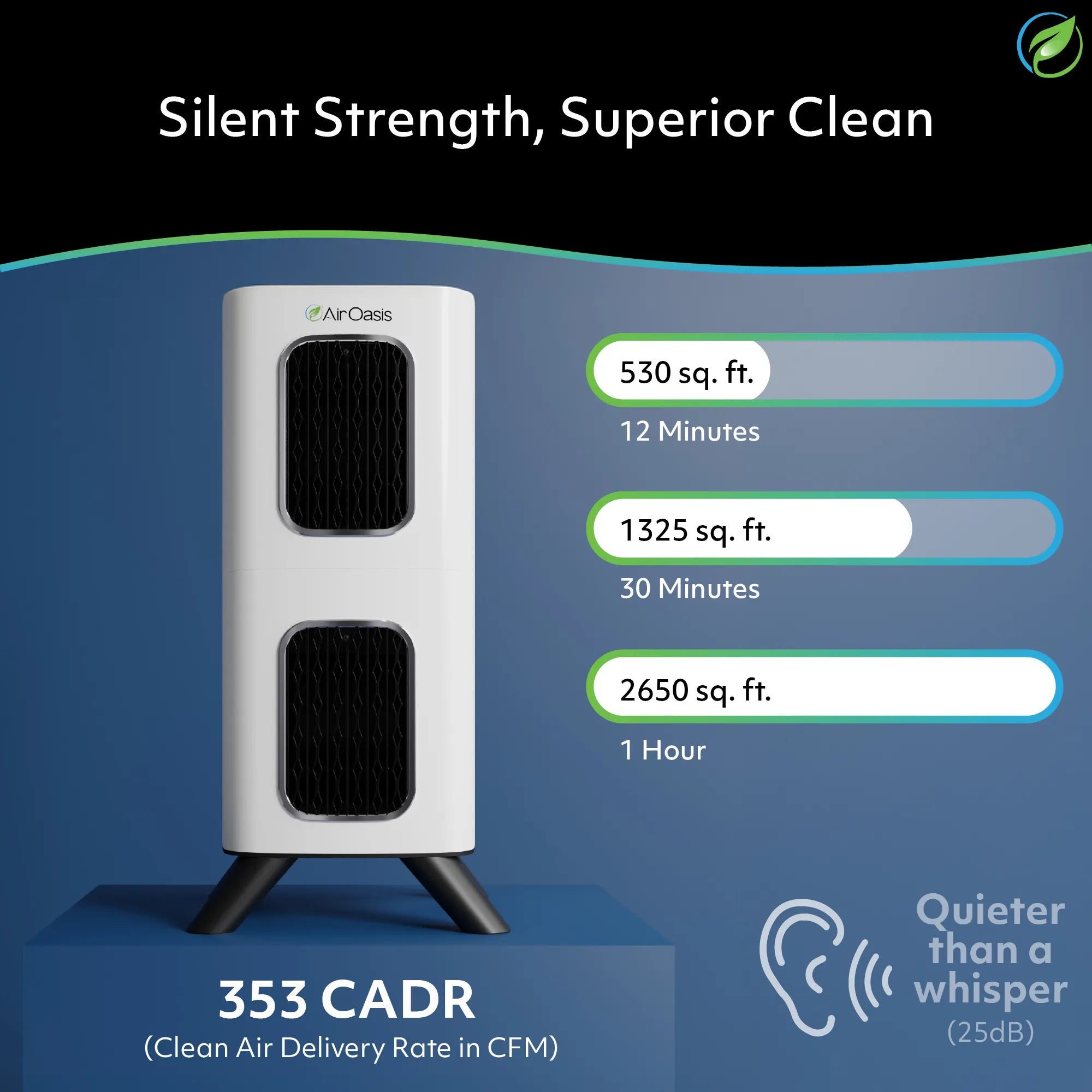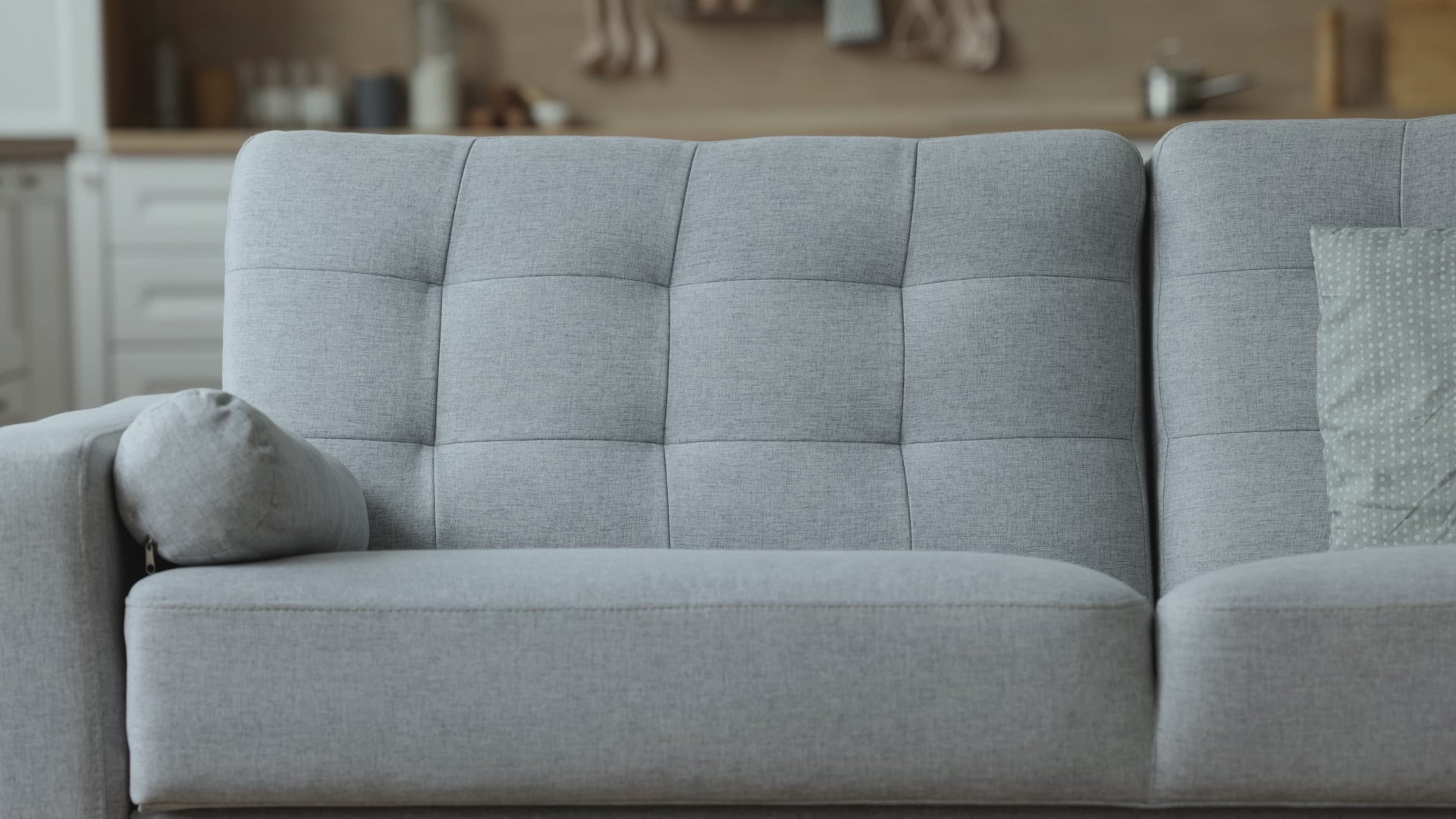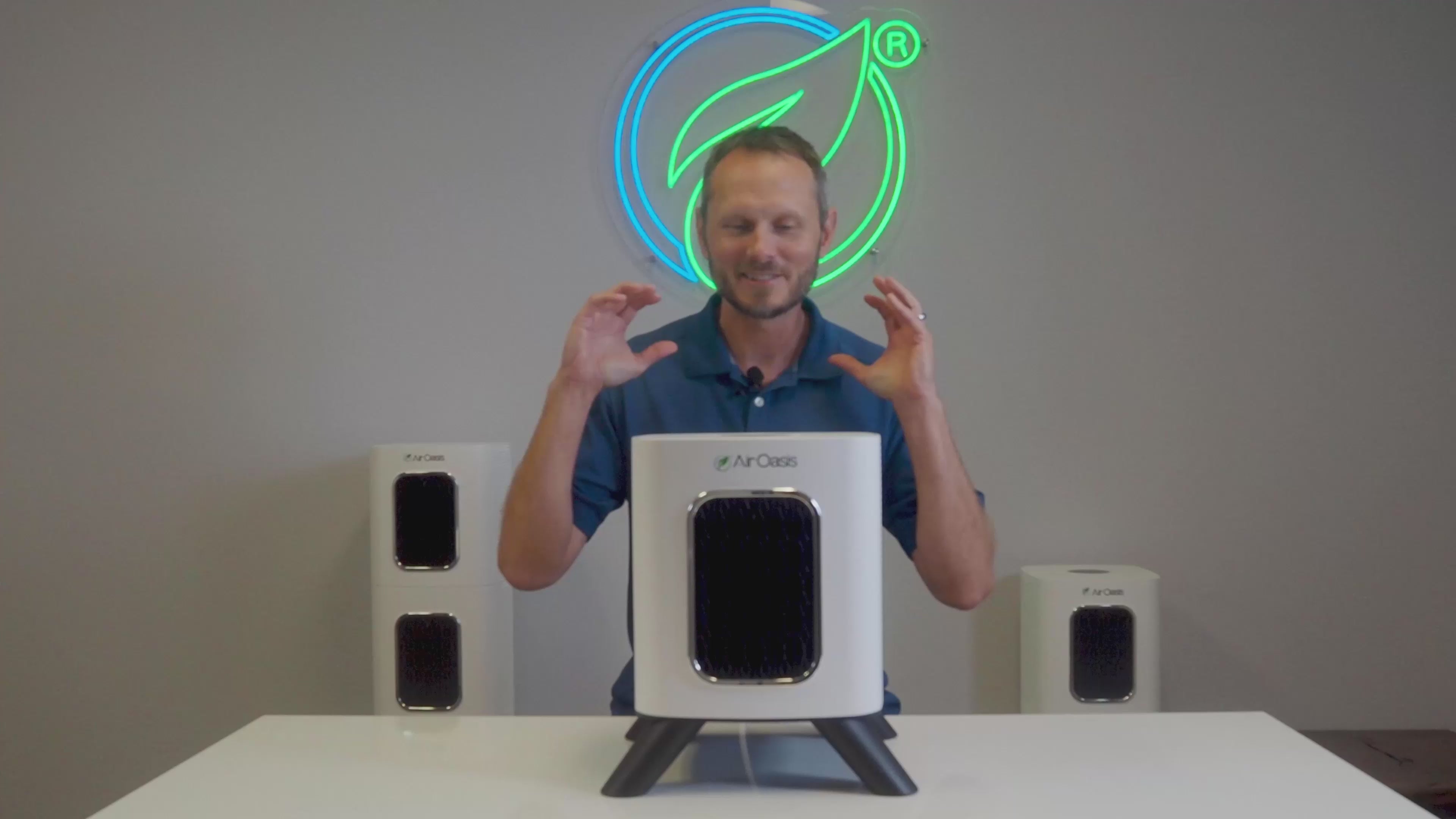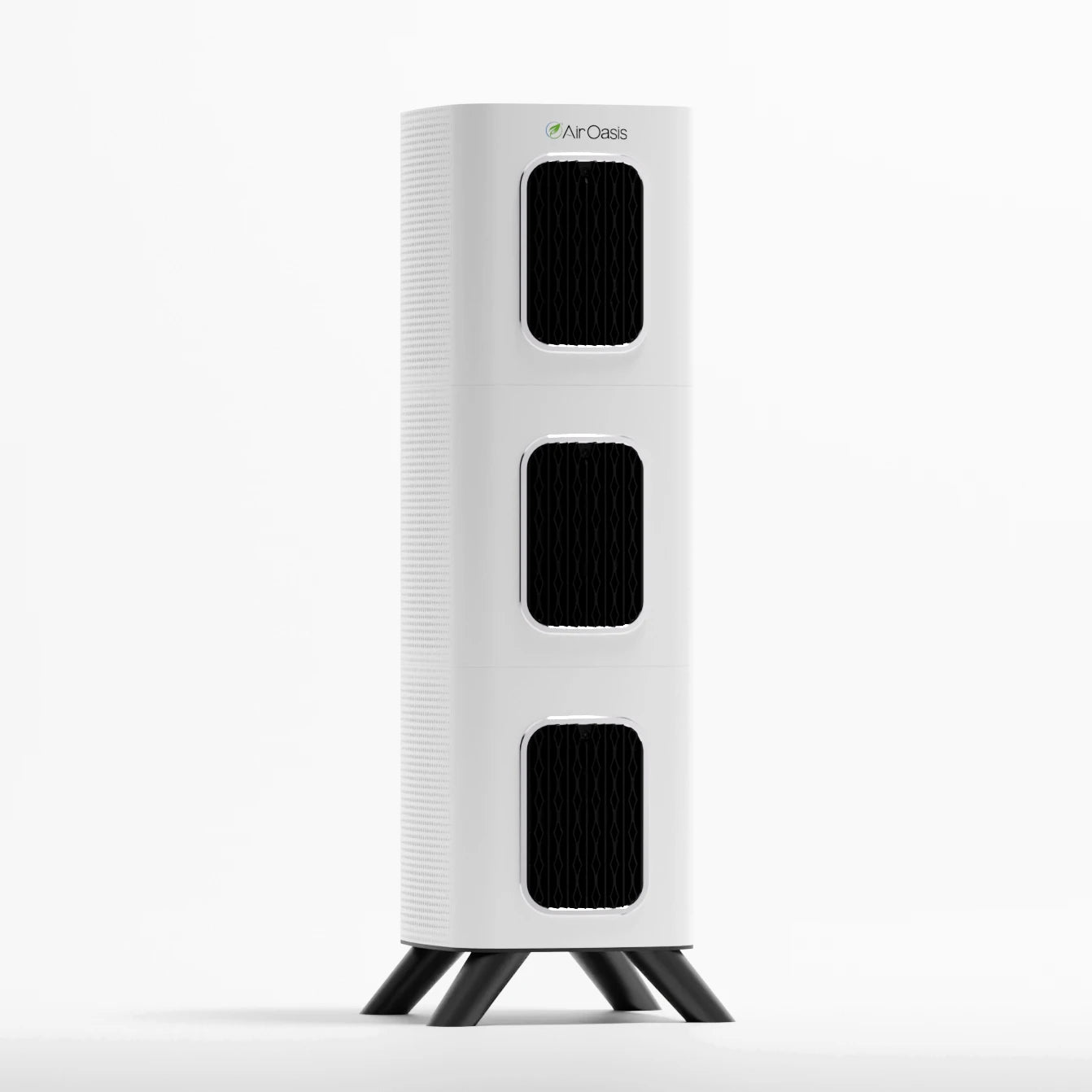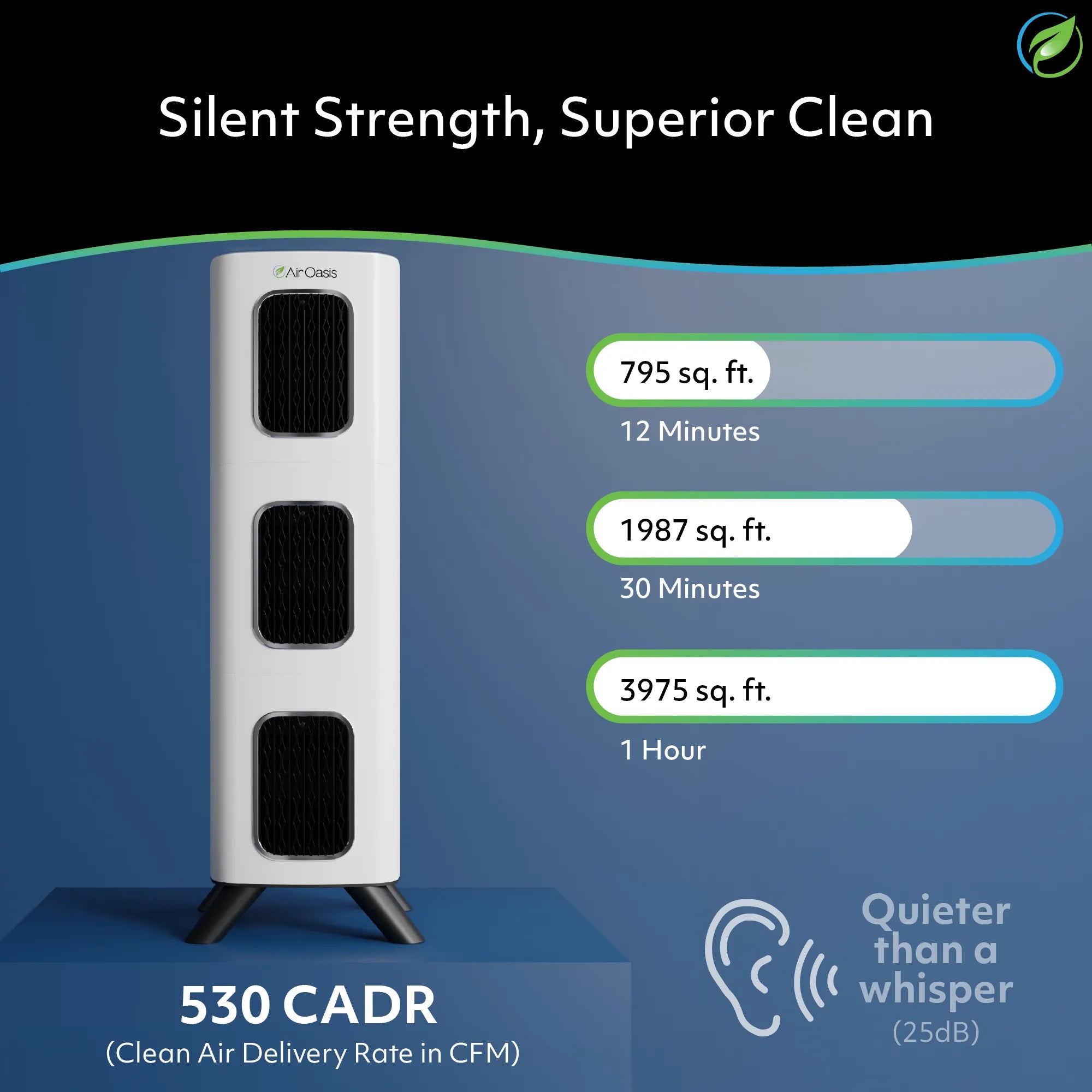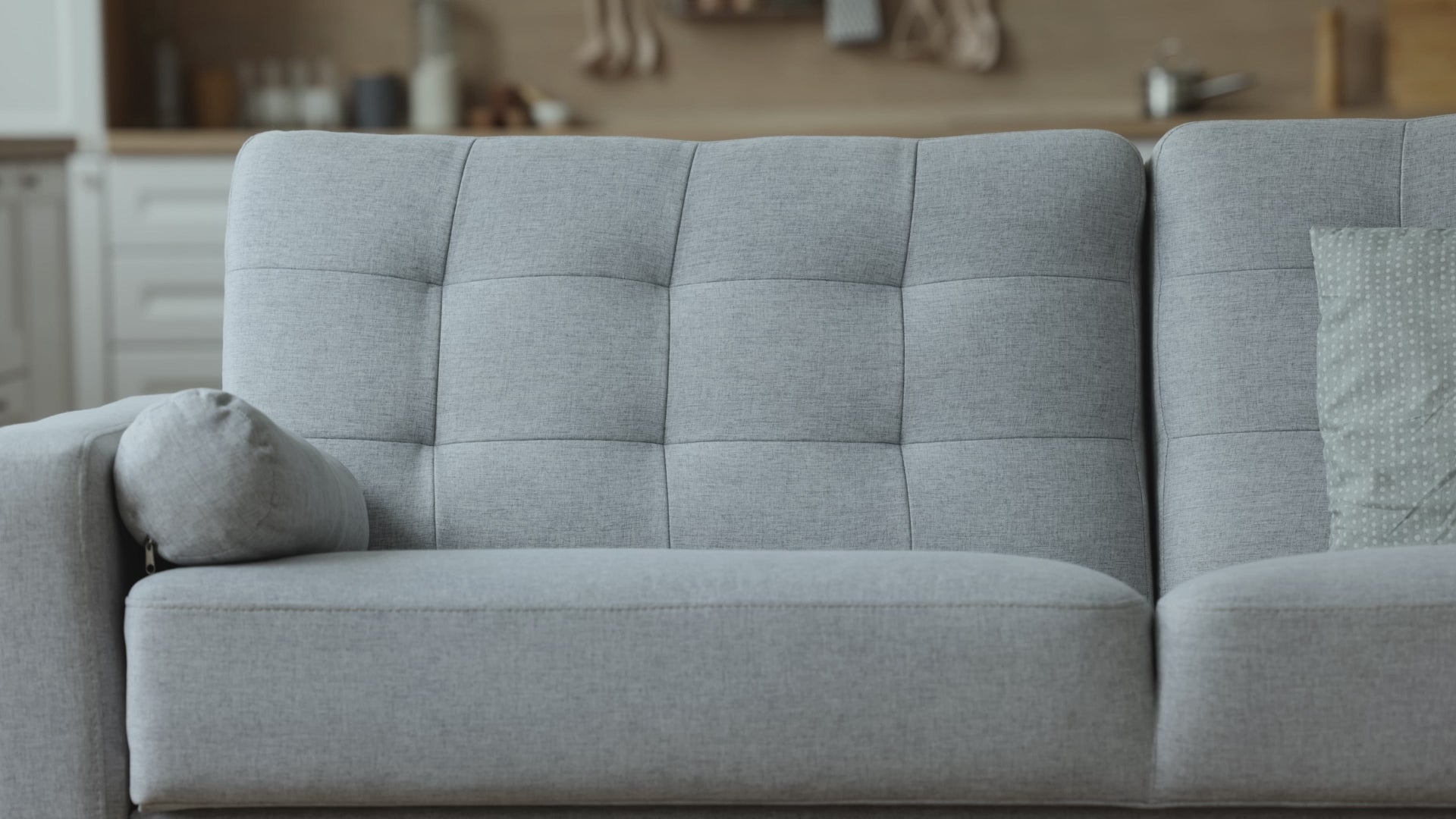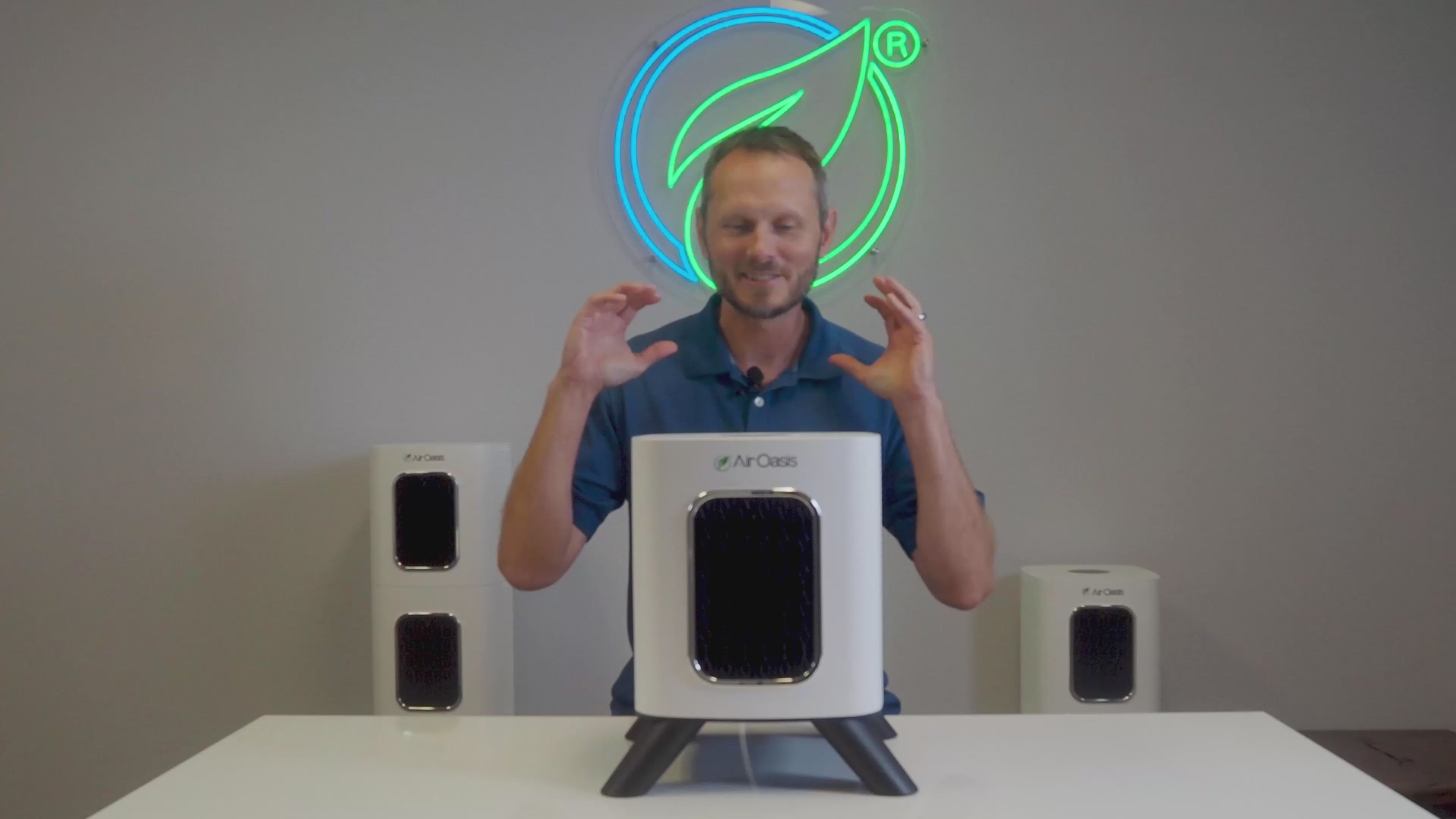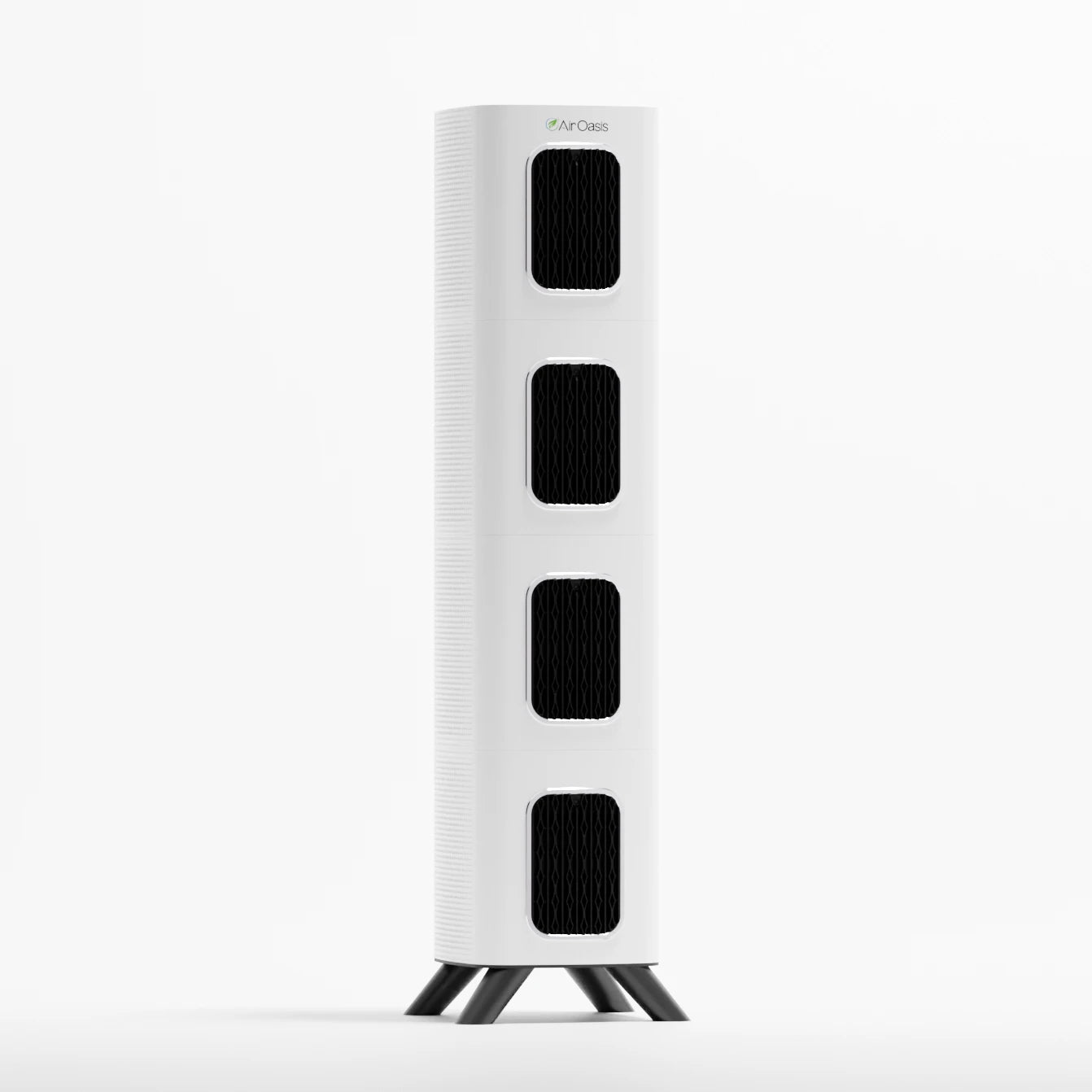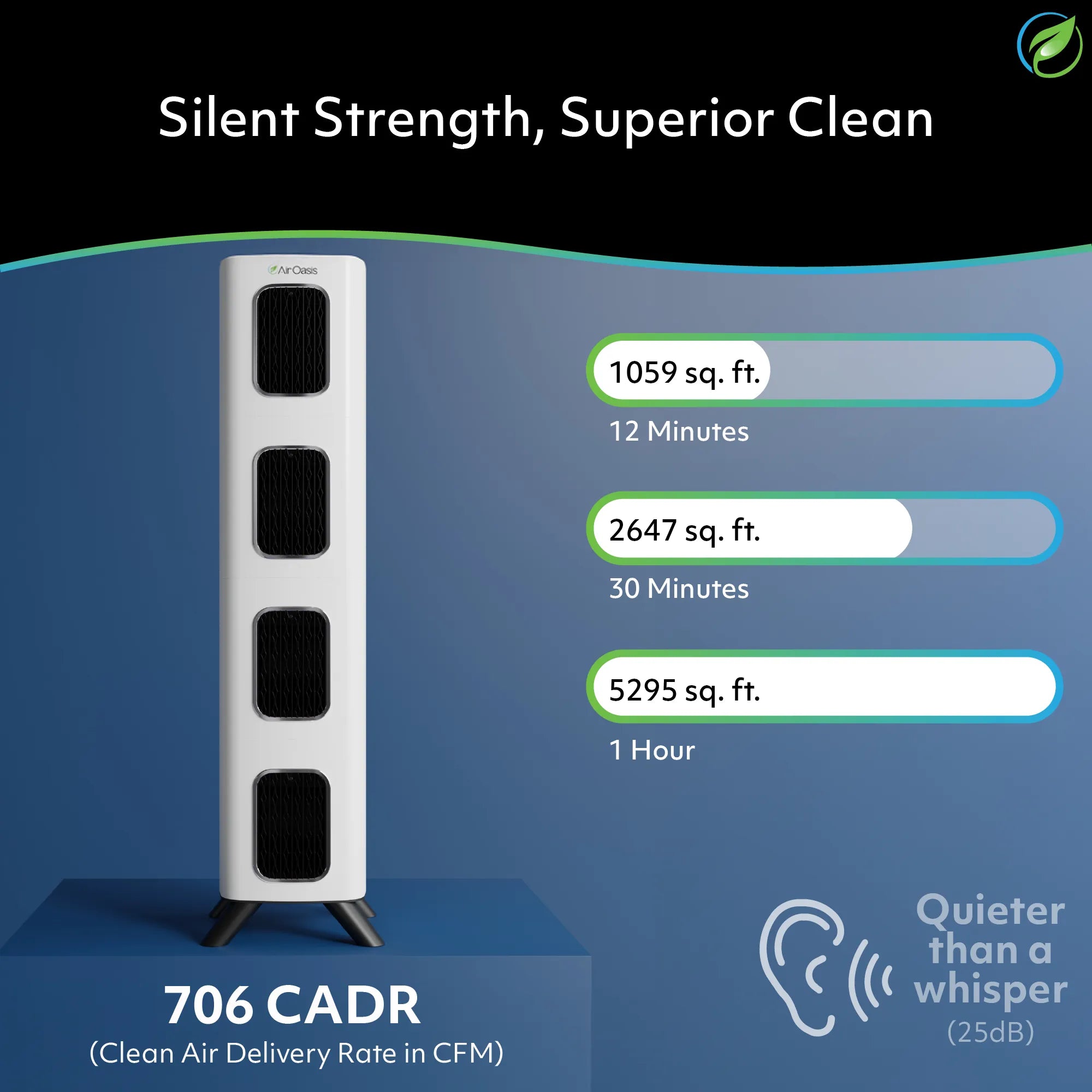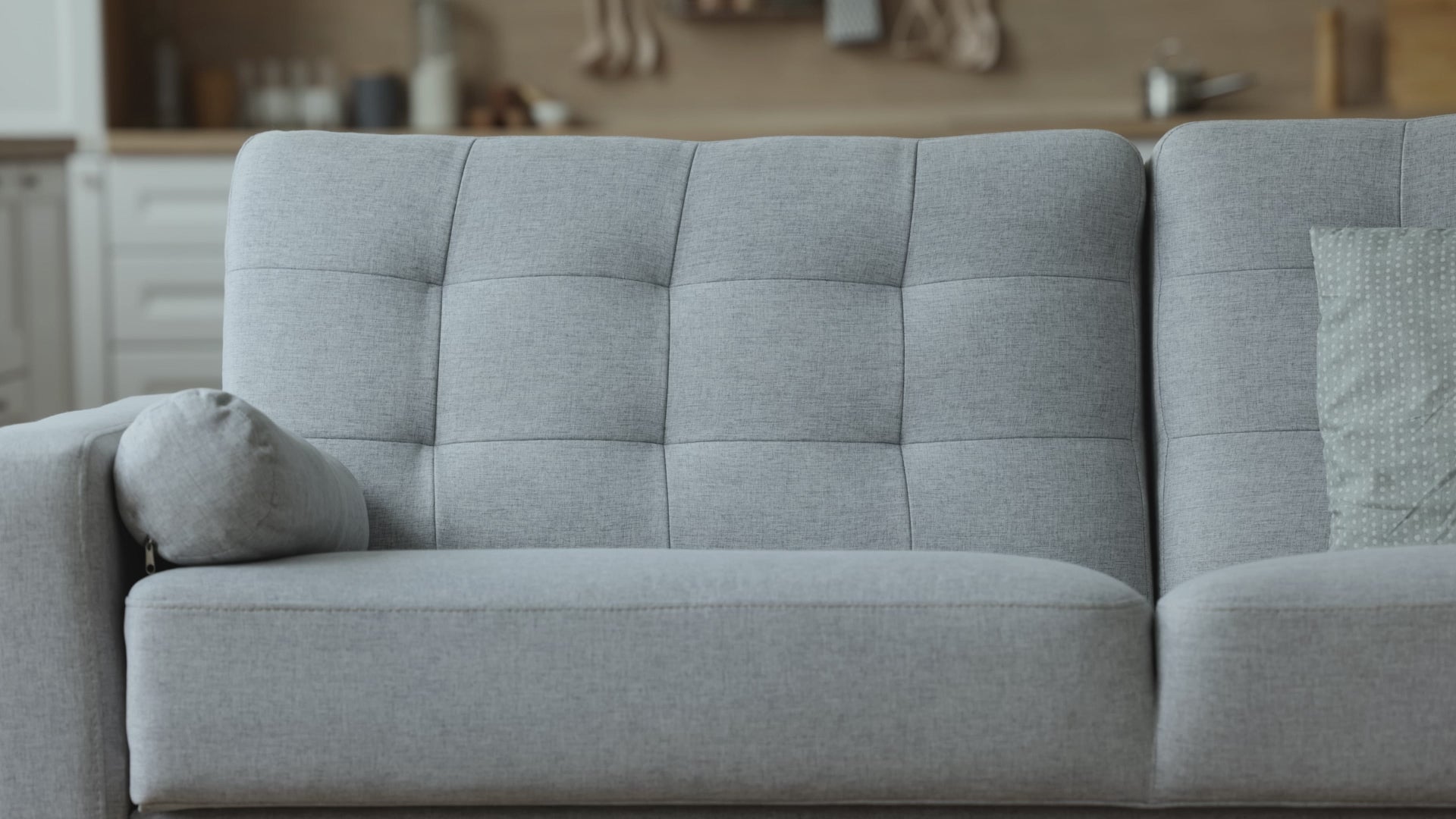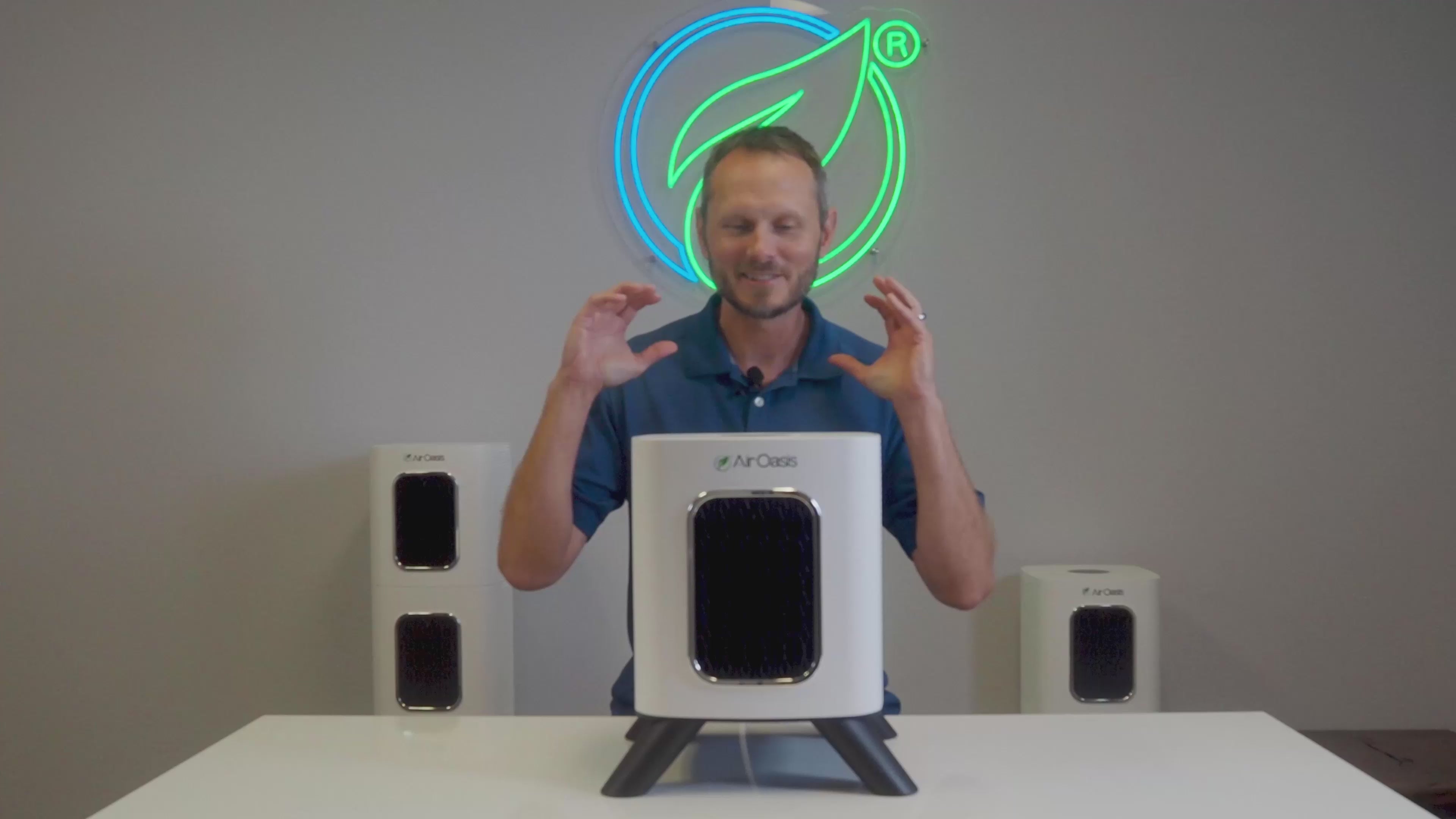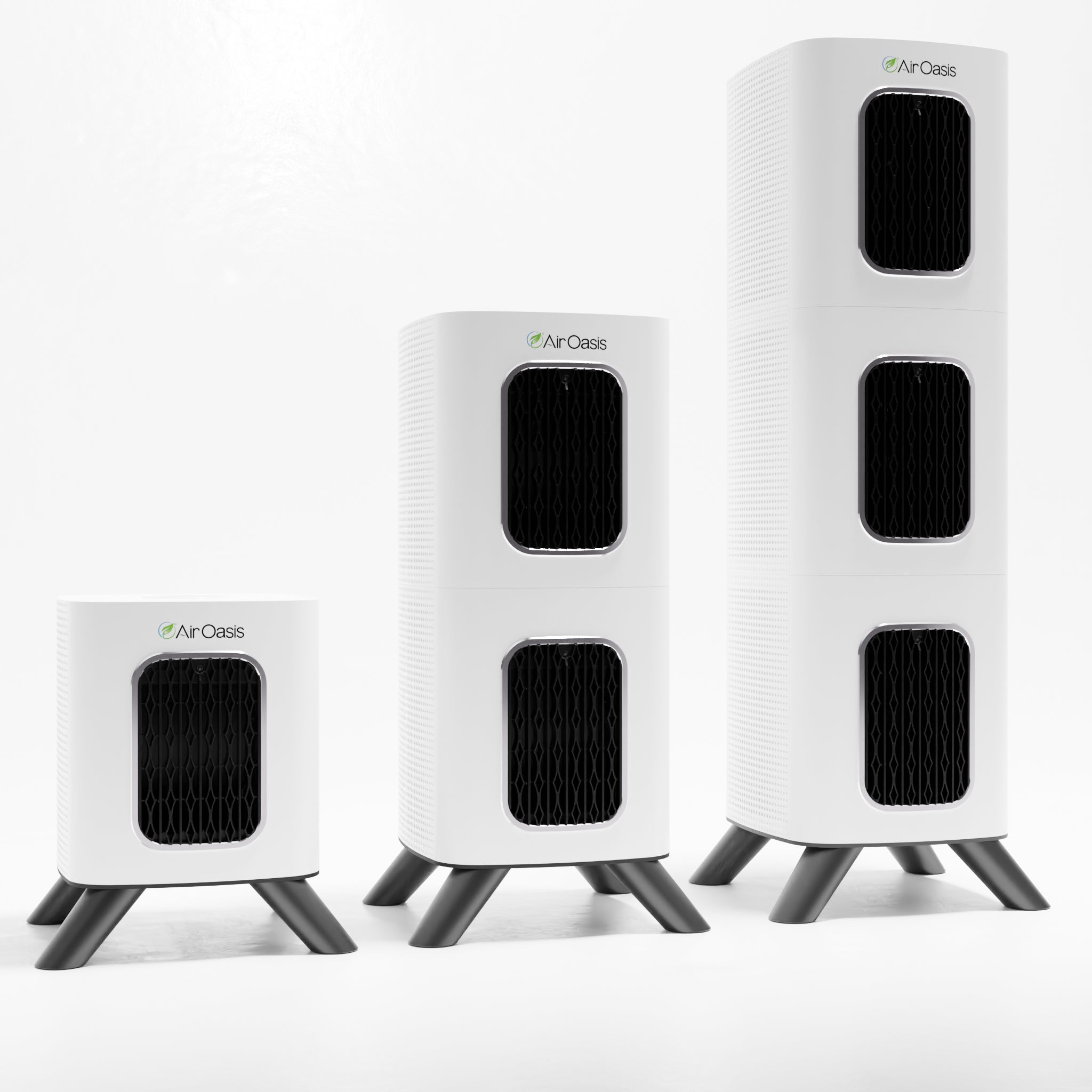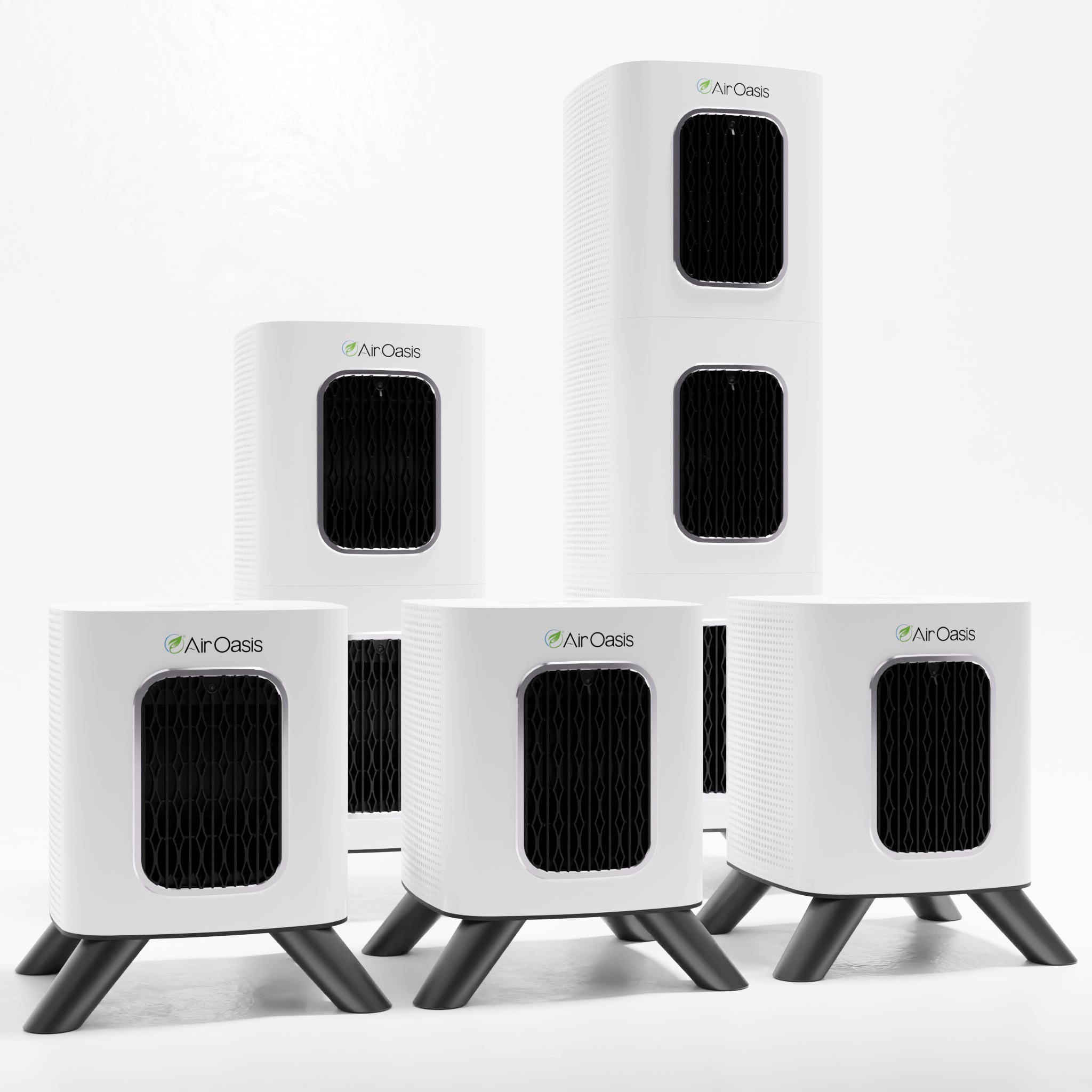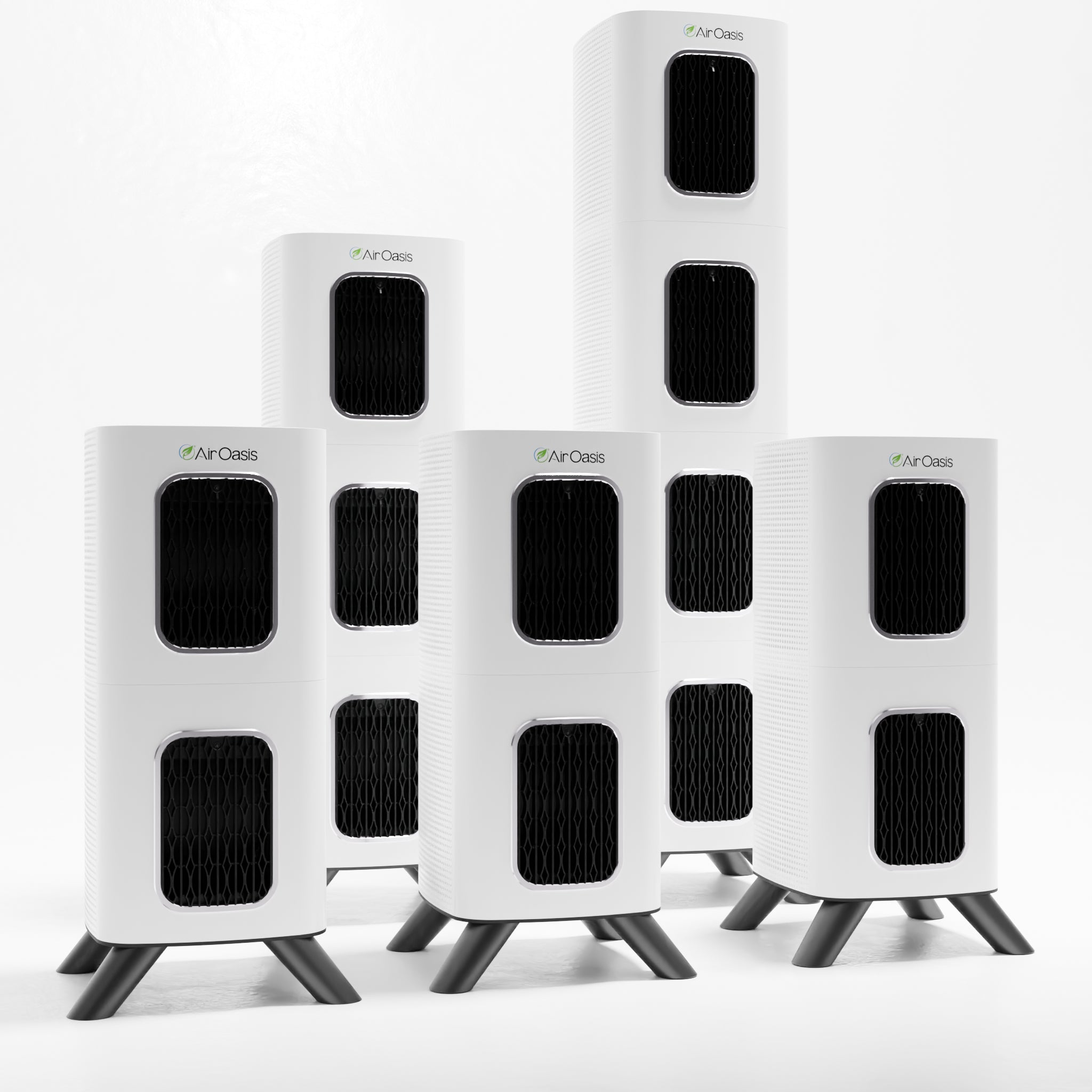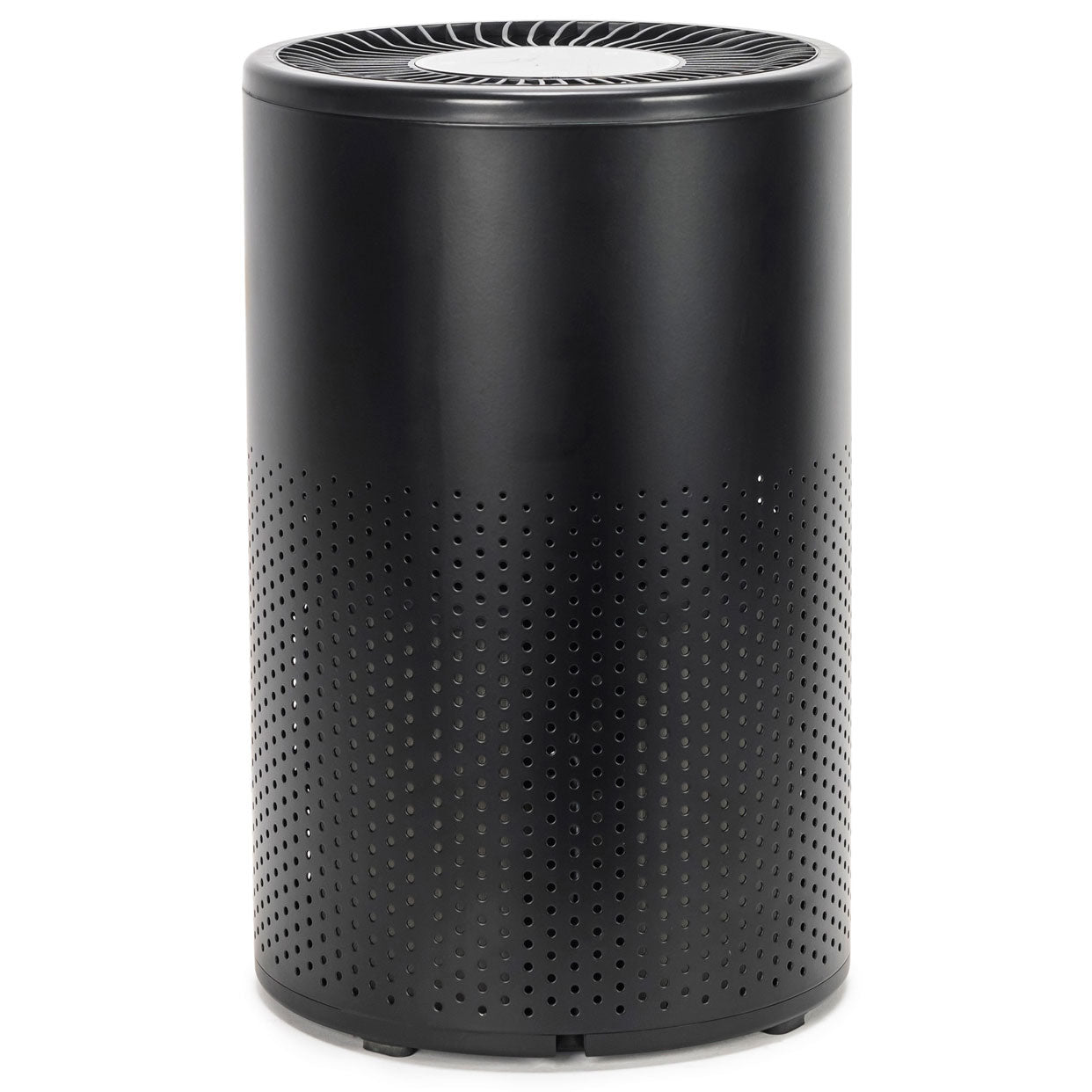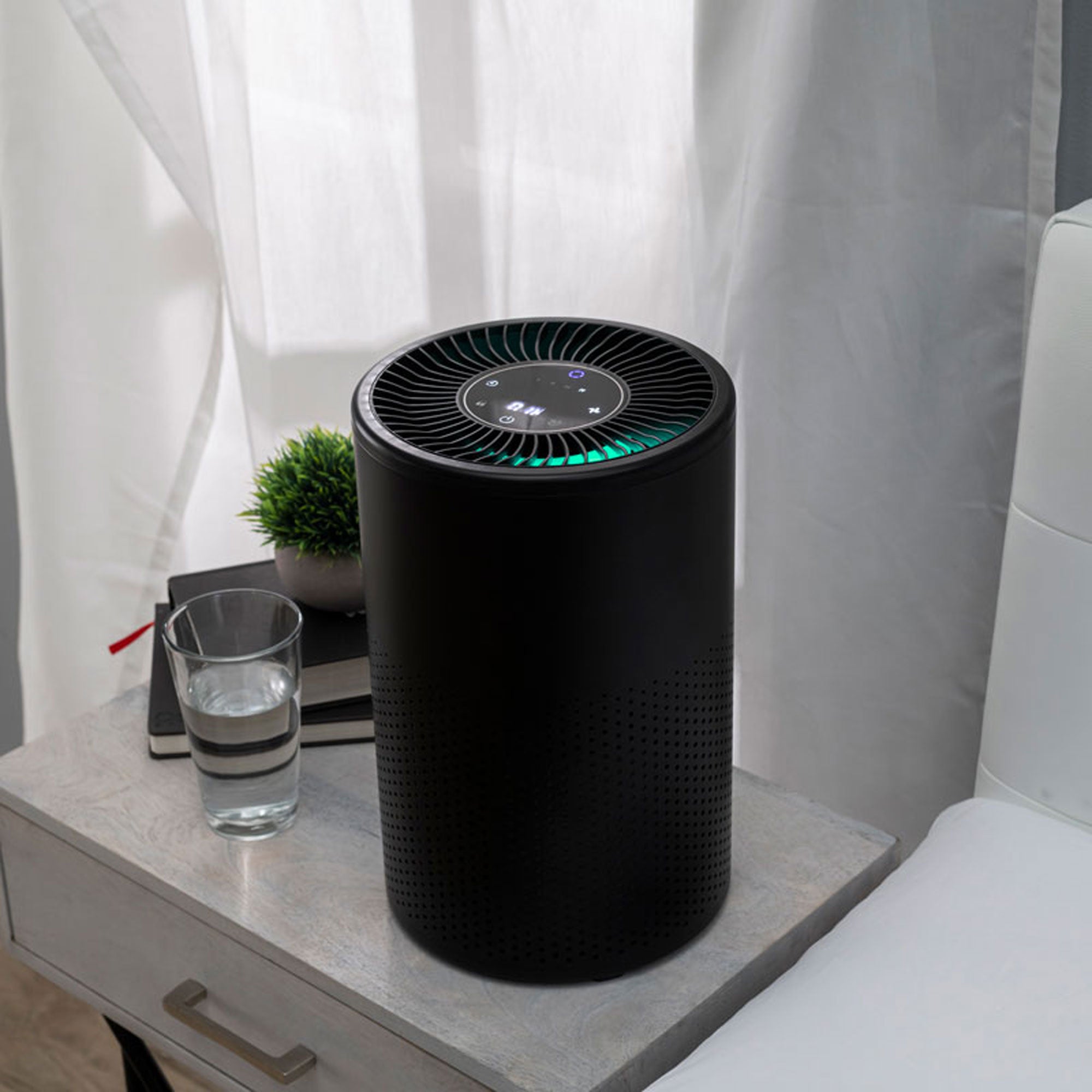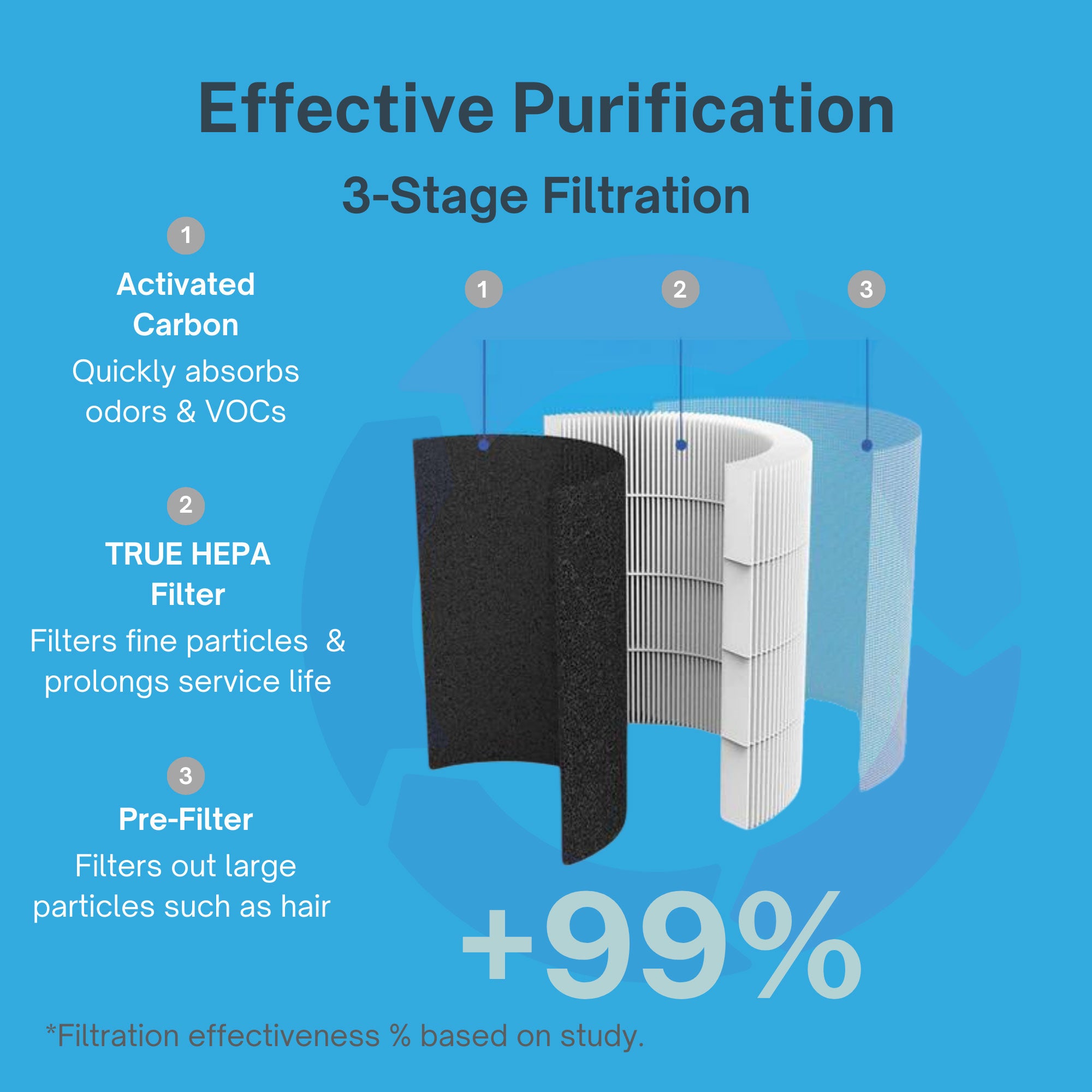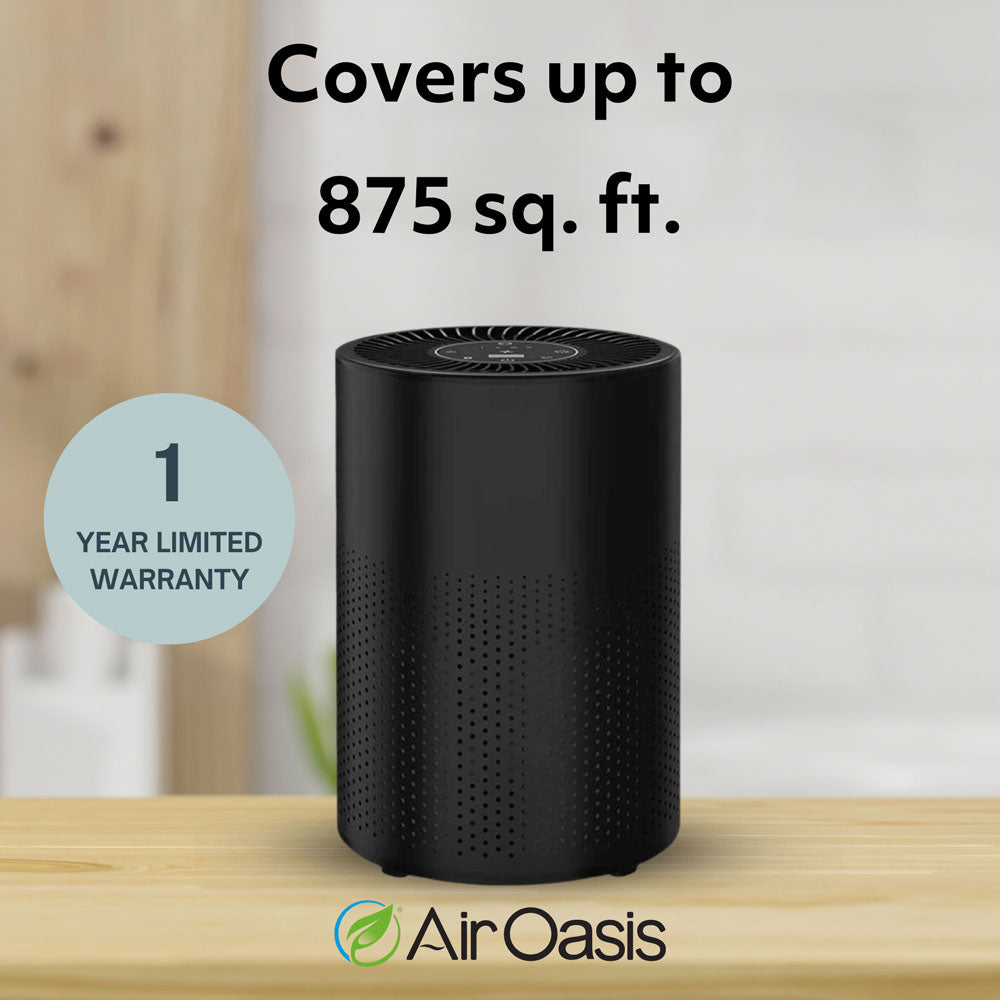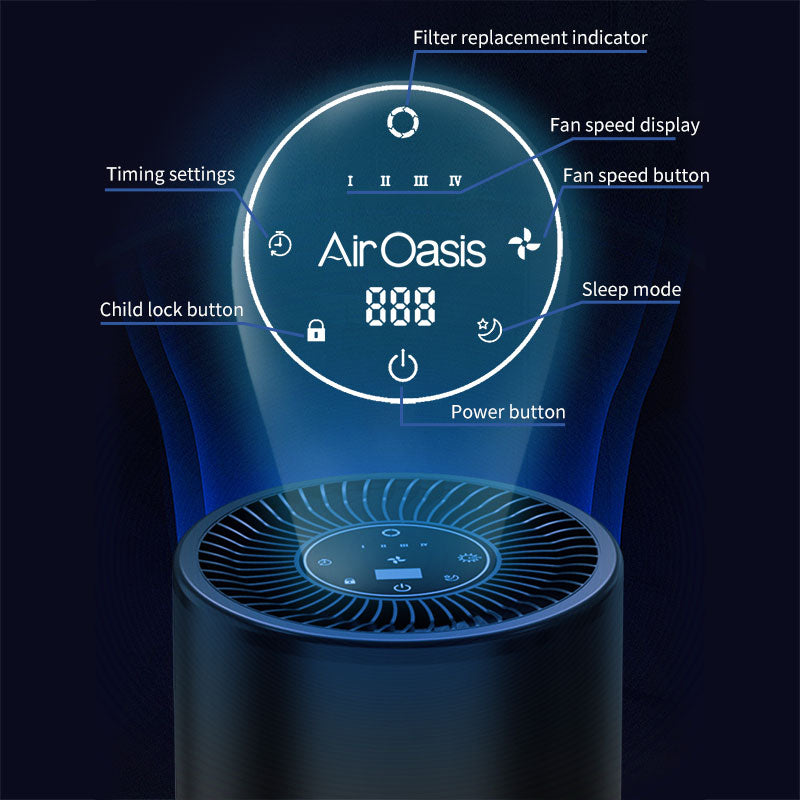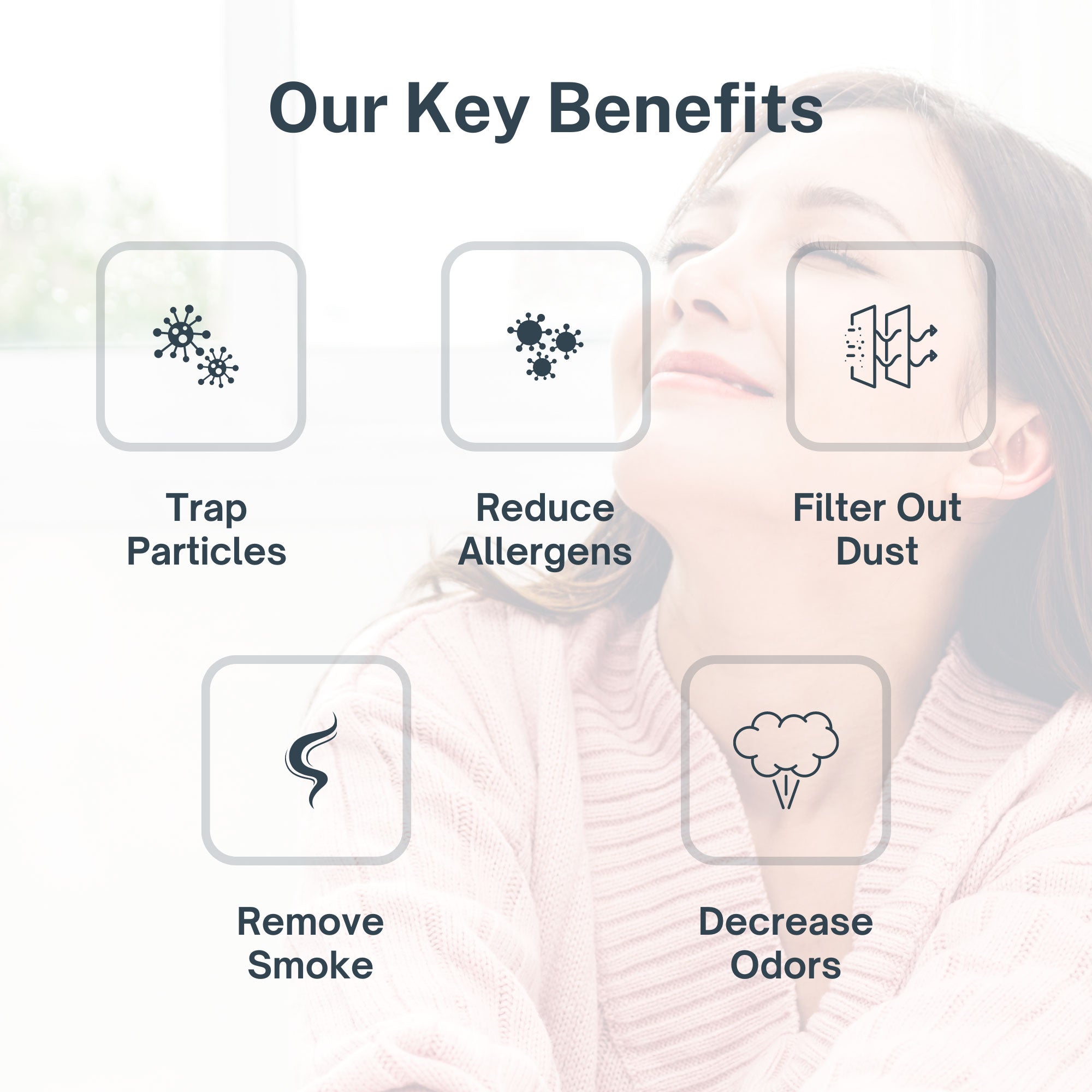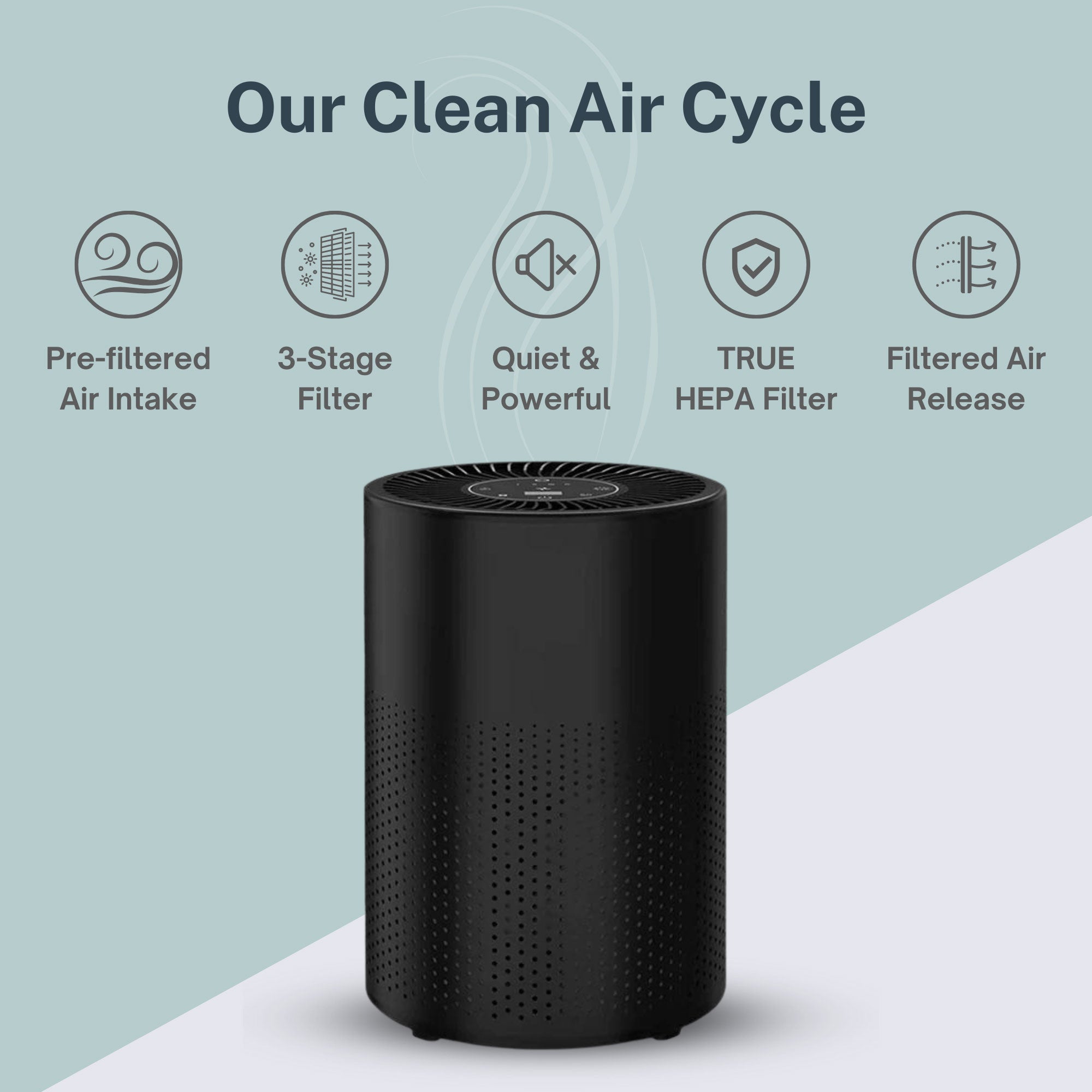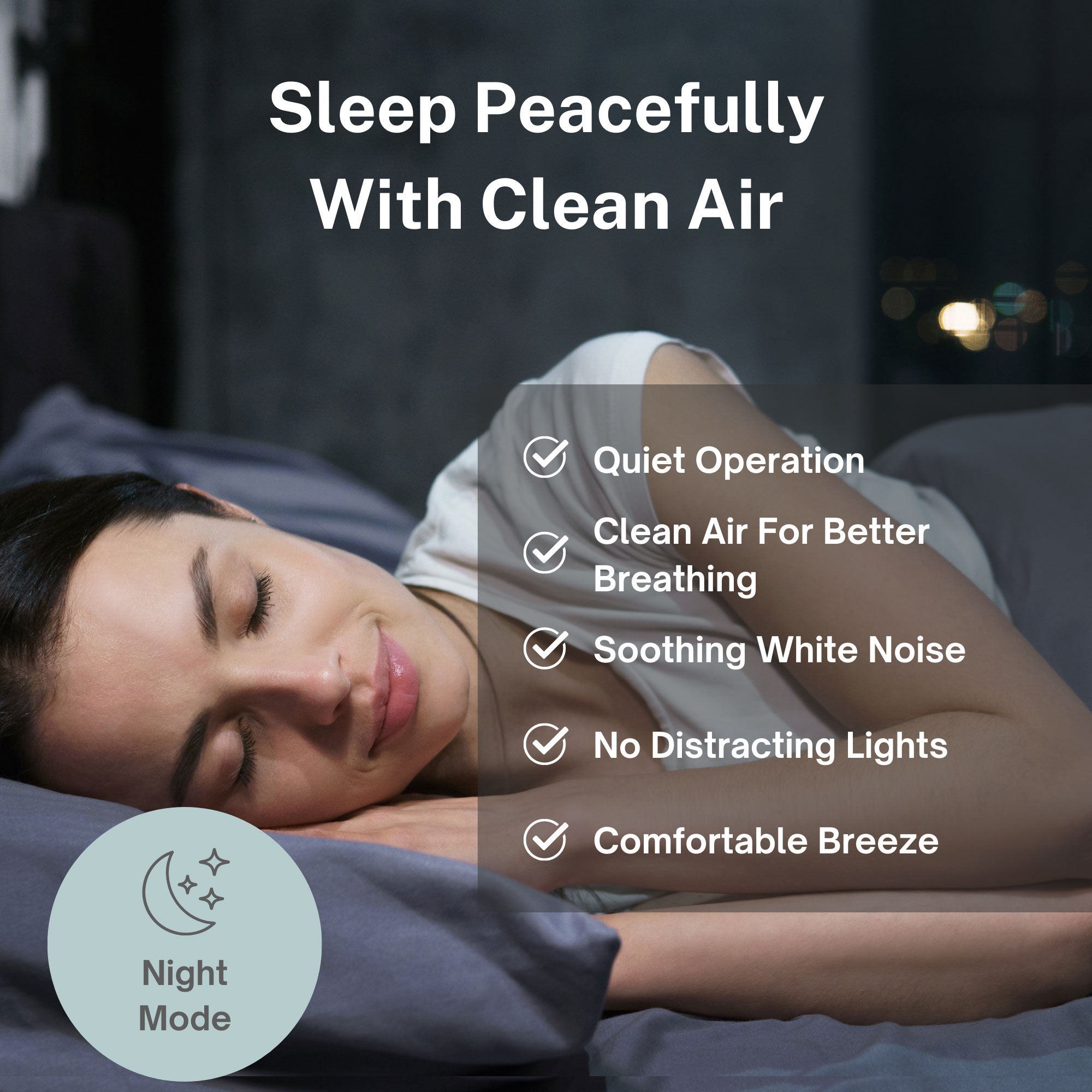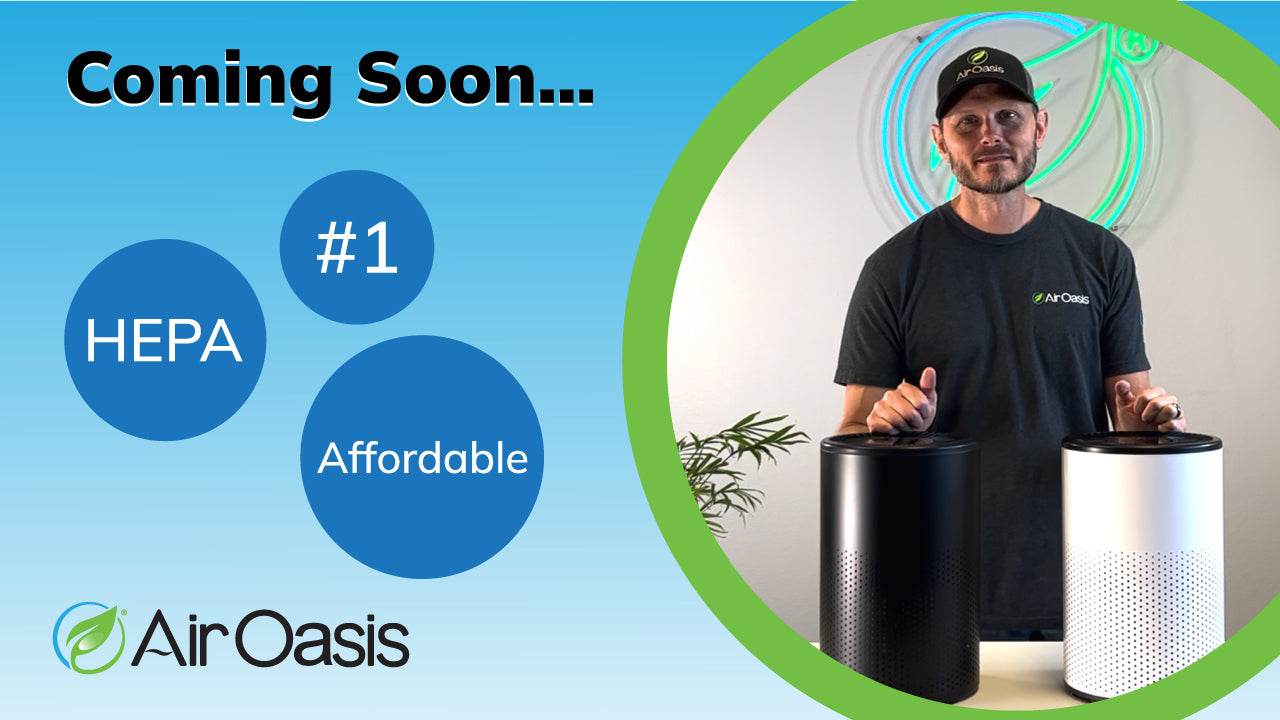We all want to breathe easily at home, right? Good indoor air quality is crucial for your family's health and well-being. But there could be an unseen monster lurking—mold. This pesky fungus can cause all sorts of respiratory issues and even impact brain function if left unchecked.
The good news is there are some simple signs to alert you that you might need to bring in a professional to test for mold.
In this blog, we'll discuss common signs of mold infestation and why you need to leave mold testing to the professionals.
Signs of Mold Infestation
There are a few telltale signs of a mold infestation in your home—visual cues, musty odors, and a range of potential symptoms, from fatigue to brain fog.
Visual Indicators of Mold Growth
Carefully inspect all areas of the home, especially those prone to moisture, like bathrooms, basements, and attics. Look for visible mold growth, which may appear as fuzzy or slimy splotches that are white, green, brown, grey, or black in color. They frequently occur in clusters or discolored patches.
Musty Odors
A lingering musty, earthy smell may indicate unseen mold growth. Make a note of any suspicious odors.
Allergy or Biotoxin Illness Symptoms
Take notice if certain rooms trigger allergy or biotoxin illness symptoms like itchy eyes or sneezing. Chronic sinus congestion and coughs when at home could also be tied to mold exposure. True biotoxin illness symptoms can be even more daunting and include chronic fatigue, muscle pain, memory issues, the list goes on.
If you suspect a mold issue, leave the testing to the pros. DIY mold inspections can quickly go wrong.
Limitations and Risks of DIY Mold Inspection
Properly conducting mold inspections and interpreting results requires a learning curve. Without training, you could easily miss areas of concern or misunderstand what you find.
In addition to the lack of expertise, it's easy for DIYers to mess up sampling procedures or use the wrong test kit entirely. This can lead to inaccurate results that either miss mold or cause unnecessary alarm.
If you do happen to disturb a mold-infested area while inspecting, you could agitate mold spores into the air and raise your exposure risks if you do not take proper safety precautions. In a worst-case scenario, your inspection could uncover a much larger mold issue than anticipated, which is hidden behind walls or under floors where professionals with specialized equipment would be required.
Common Mistakes in DIY Mold Inspection
Some home mold test kits are better than others. Many cheaper options are practically useless junk science that won't give you accurate, trustworthy results.
Even if you use a legitimate mold test, it's still easy to misinterpret findings. What looks like a normal level to you could actually suggest a problem to a pro. Or you could overreact about something harmless.
When dealing with mold, you need to take precautions, like wearing protective gear to limit exposure if spores get agitated. If mold levels are elevated, failing to suit up could put your health at risk.
Why We Don't Recommend DIY Mold Testing
At the end of the day, accuracy is of utmost importance when testing for mold. You need reliable results to make informed decisions, not guesswork. That's hard to achieve on your own.
Between the potential to miss or misinterpret mold problems and the safety risks, if you inadvertently disturb a large infestation, DIY mold inspection has its hazards that could outweigh the benefits.
If you mess up a DIY mold test and don't realize you have an issue, your family could be exposed to upper respiratory problems, allergic reactions, and maybe even long-term health impacts. Not worth the risk!
Further, not all mold is dangerous, and you could panic and stress yourself out if you find mold that isn’t actually a problem that needs a rigorous cleaning solution.
Working with a Mold Professional
If DIY mold inspection seems too risky, your best bet is to work with a qualified mold testing professional instead. Do your homework to find someone reputable with proper certifications to do a thorough job inspecting your home.
Mold testing pros use specialized equipment like moisture meters, borescopes to see behind walls, and laser particle counters to accurately measure mold levels. Understanding their process can give you confidence in their findings.
Provide background info to your mold tester about any moisture issues you've noticed and areas of concern. That'll help them focus their inspection efforts for the best results. Stay involved!
Leave Mold Testing to the Professionals
We've looked at the risks and limitations of DIY mold inspection. Clearly, there are many potential pitfalls that make it a risky proposition, even for motivated homeowners.
Accurate mold testing is crucial for making informed decisions about protecting your home and your family's health. However, precise findings are difficult to come by on your own.
While you can try DIY mold testing if you'd like, we recommend working with qualified mold inspection professionals to get reliable results and gain peace of mind about your indoor air quality. Your health is simply too important not to get it right!
To help combat mold in your home environment, be sure to check out our iAdaptAir air purifiers, which are specifically designed to fight mold, mold spores, and mycotoxins.




